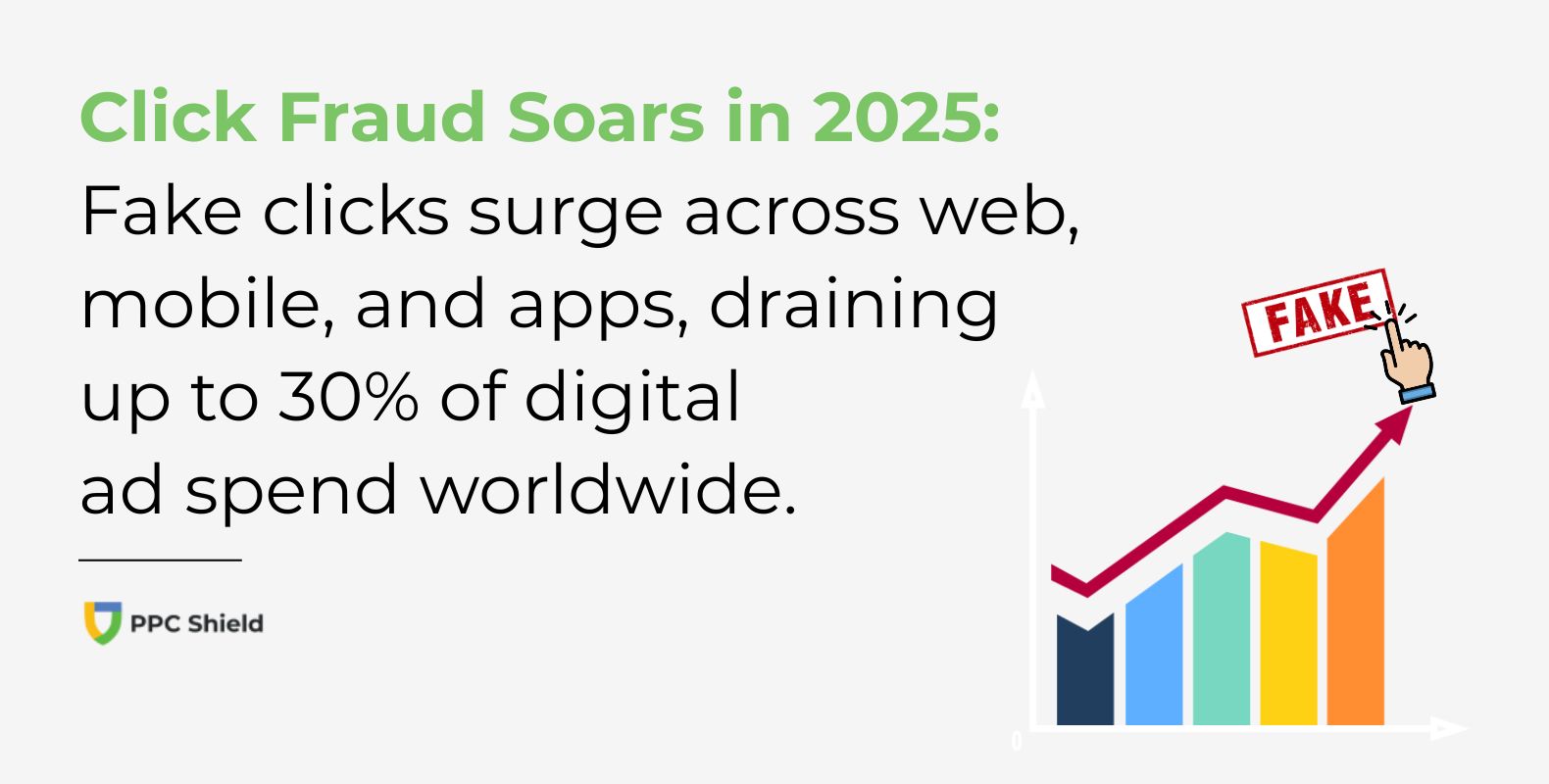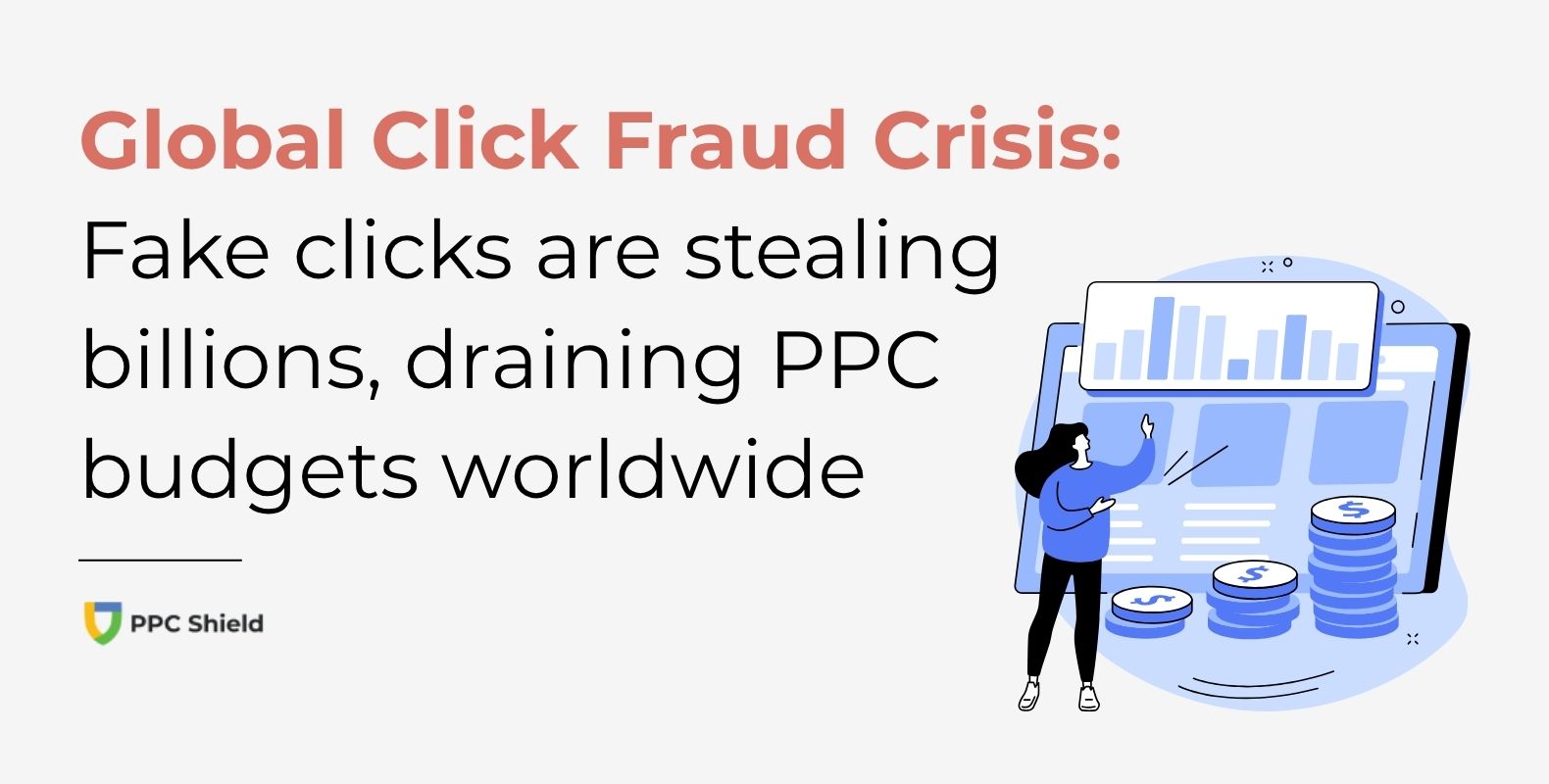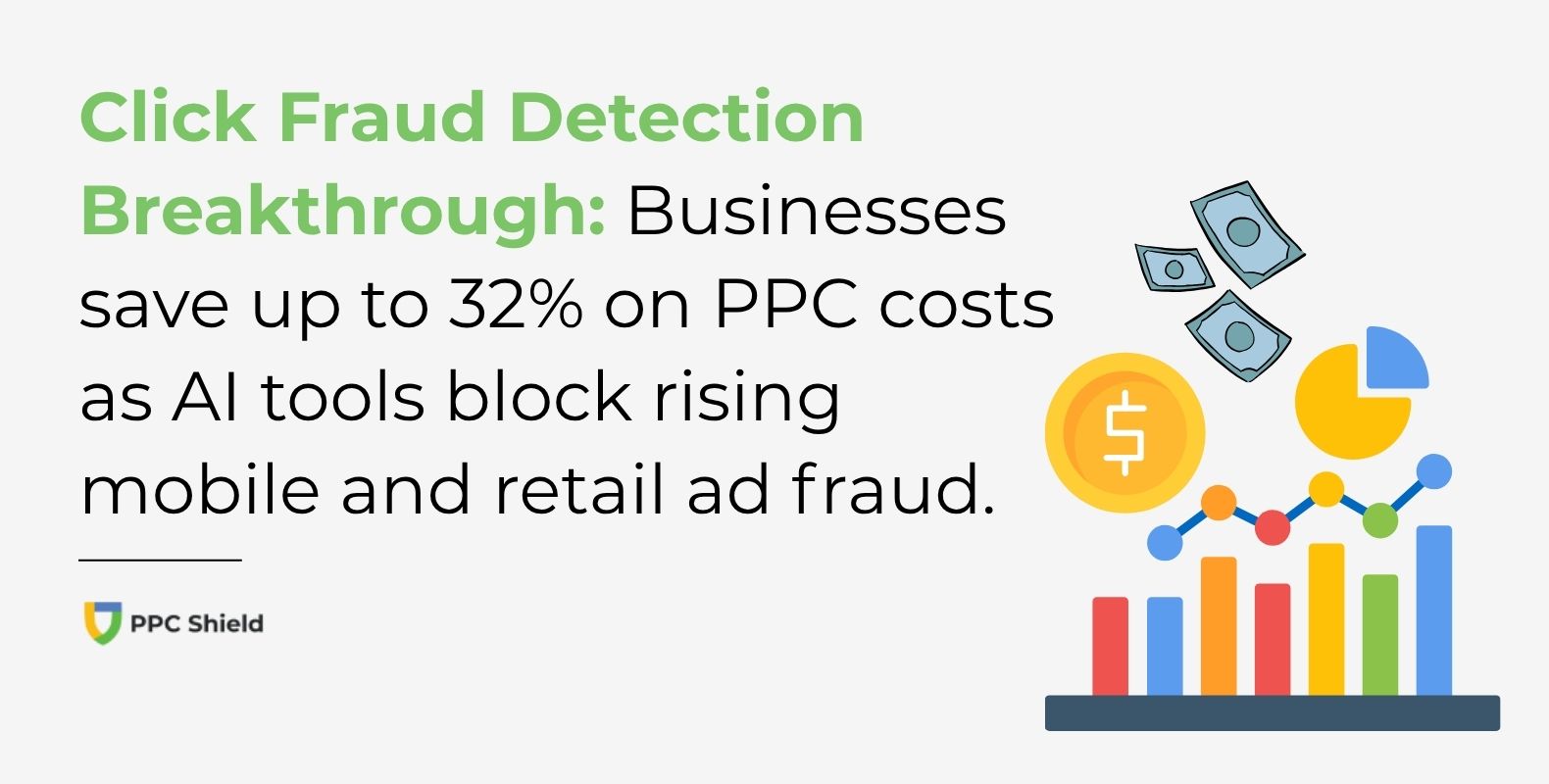Click Fraud in EMEA: Q2 2025 Reveals Major Threats to Ad Campaigns
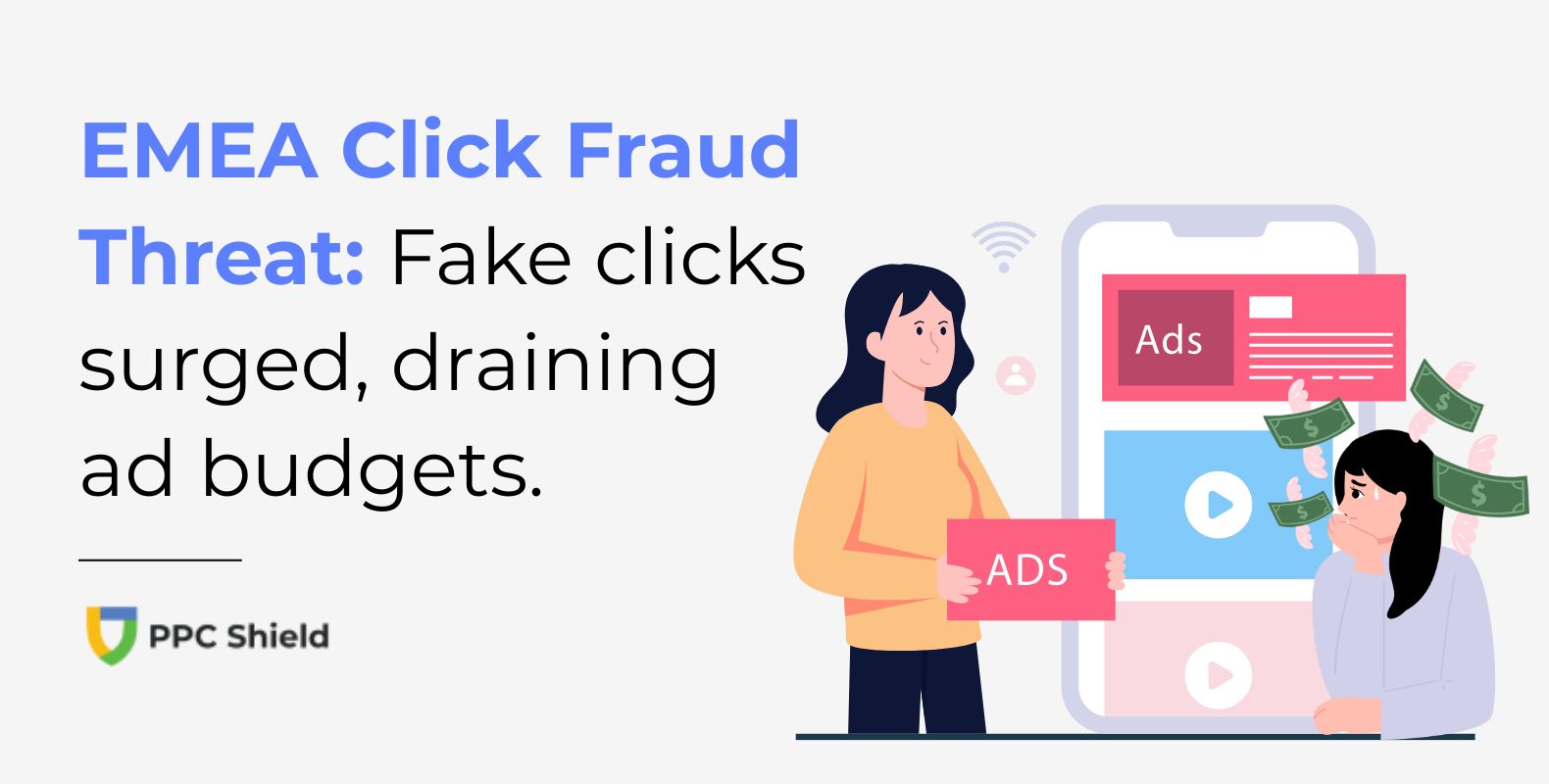
The EMEA region—Europe, Middle East, and Africa—saw alarming rates of click fraud across all major advertising channels during Q2 2025. As brands continue investing heavily in performance-based advertising, fraudulent activity threatens to erode ROI, distort analytics, and waste budgets at scale.
With desktop web, mobile web, and mobile apps all significantly affected, advertisers across EMEA must take urgent measures to protect their campaigns.
Desktop Web: 30% of Clicks Were Invalid
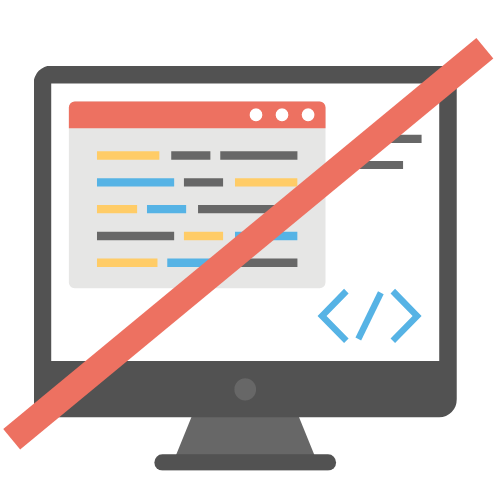
The report found that 30% of desktop web clicks in EMEA were invalid, marking a substantial risk for advertisers relying on cost-per-click (CPC) models.

What’s particularly concerning is that 44% of those invalid desktop clicks were attributed to Datacenter IVT—a method where bot traffic originates from known server farms rather than consumer devices. This type of fraud often escapes basic filters and can generate large volumes of non-human clicks in a short time.
Desktop fraud remains a serious issue for campaigns targeting older demographics or desktop-heavy markets, especially those that depend on traditional media placements.
Mobile Web: High Fraud on Small Ad Sizes
While desktop fraud dominated headlines, mobile web traffic also suffered substantial click fraud in Q2.
On mobile web, 19% of clicks across EMEA were flagged as invalid, with troubling trends hidden beneath the surface.
For instance, 36% of invalid mobile web clicks were labeled as “Fast Clicker” IVT—indicating automated systems that click ads less than one second after they appear, behavior that’s impossible for real users.
Geographically, the Netherlands showed a 28% invalid click rate, one of the highest in the region.
The worst offender in terms of ad format was the 320×50 ad unit size, with 52% of clicks on this banner flagged as fake. This is the highest single fraud rate reported across all formats and regions in this quarter. These small banners, often used in apps or mobile web pages with limited content, offer low visibility—making them easy targets for bots programmed to simulate interaction.
Mobile Apps: Lower Average, But Still Risky Segments
Compared to desktop and mobile web, mobile app fraud appeared lower overall, with 14% of clicks in EMEA flagged as invalid.
However, that average hides critical outliers. For example:

29% of clicks on the 480×320 ad size in mobile apps were fraudulent.
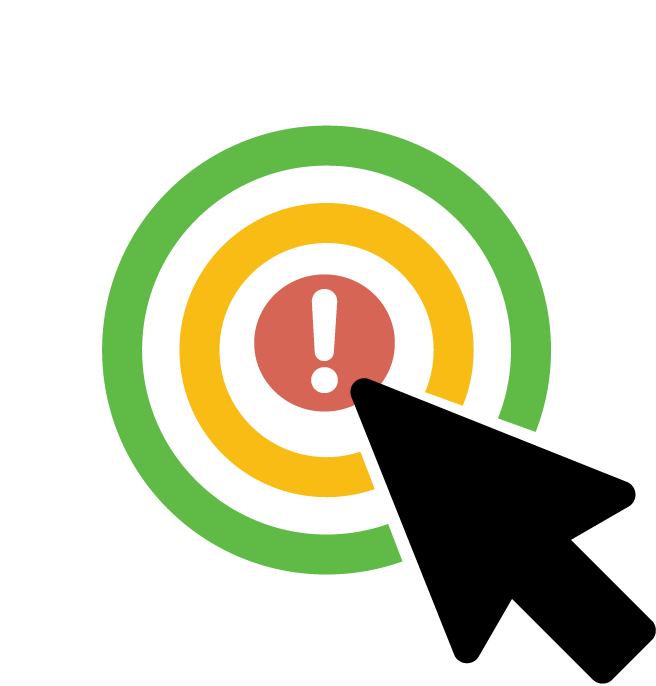
In the Personalization app category, 36% of ad clicks were invalid.
Personalization apps often promise free features in exchange for ad views, attracting both aggressive monetization and fraudulent traffic schemes. These categories can quickly become cost centers if not monitored closely.
Common Tactics Behind the Fraud
Several IVT (invalid traffic) mechanisms were responsible for the observed fraud, including:
Datacenter Clicks
Bots originating from server farms.
Fast Clickers
Clicks generated under 1 second after ad load.
High CTR Traffic
Apps or domains showing click-through rates far above statistical norms.
Display and Video Click Fraud
Inflated clicks from the same user-agent or IP.
Duplicate Clicks
Repeated engagement from the same identifier or session.
These are not isolated incidents. They’re patterns, often orchestrated by large-scale fraud networks operating across countries and platforms.
The Risk to Advertisers
When nearly 1 in 3 desktop clicks is fake and over half of small mobile ad unit interactions are invalid, campaign performance data becomes unreliable. This not only wastes budget but leads to flawed optimization decisions.
For agencies and brands that bill or evaluate performance based on CTR, CPC, or conversion paths, this distorts the entire marketing pipeline.
Action Plan for EMEA Advertisers
To defend ad spend and ensure performance tracking reflects actual user behavior, advertisers must act decisively:
Avoid high-risk formats, especially 320×50 mobile banners.
Audit geographic click trends, such as in the Netherlands, where click fraud is elevated.
Use real-time click fraud protection tools, like PPCshield.io, to block invalid traffic before it hits analytics platforms or billing systems.
Focus on post-click engagement, such as time-on-site and conversion rates, instead of relying solely on CTR.
Action Plan for EMEA Advertisers
Click fraud in EMEA is evolving. While mobile apps show more moderate IVT rates overall, key ad sizes and app categories still carry significant risk. Meanwhile, desktop and mobile web traffic are being heavily exploited through server-farmed and fast-clicking bots.
Fraudsters are adapting quickly—and so must advertisers.
The smartest brands today are investing in real-time protection, smarter attribution models, and deep analysis of their traffic sources. Because in this landscape, every unverified click is a potential loss.



